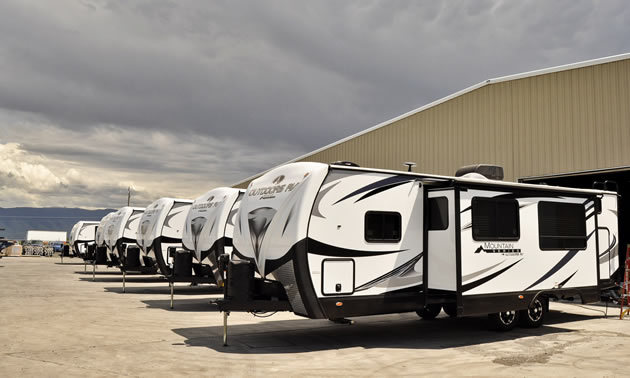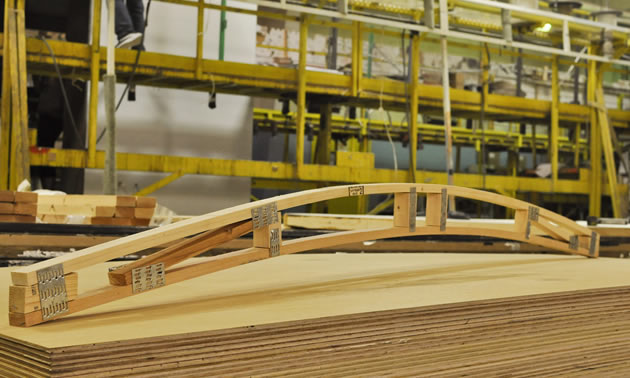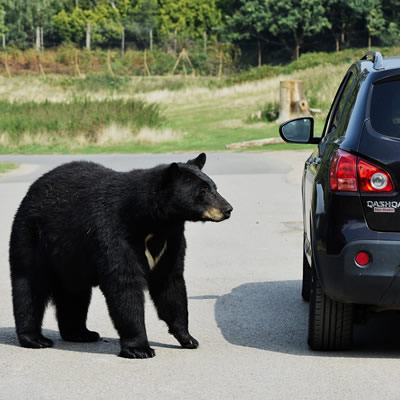Why you might need an RV factory tour
A factory tour gives owners first-hand information on quality of construction

If you are one of those people who want to know what’s behind the wall or under the floor of your RV, you might need a factory tour. Recently I joined the team at Outdoors RV in LaGrande, Oregon, for a look behind the walls and under the floor to see exactly how my trailer is made and what it is made of. It is an impressive process.
When Kevin Pfeifer isn’t giving tours of Outdoors RV Manufacturing, he, his wife Maddison and Ollie the Golden-doodle are out camping in the Oregon mountains. Pfeifer recently gave me tour of the factory at Outdoors RV in La Grande, Oregon.
"La Grande is a small town in the mountains of Eastern Oregon where everyone knows one another, so building a lasting legacy with a foundation in quality and customer service is intrinsically part of who we are. We believe in a well built, long term product that is manufactured with care and each one of our units is a testament to that philosophy."
I learned detailed information about how my trailer is assembled, what it is made of and why.
Frame and rolling gear
The frames are assembled and welded in such a way as to increase strength where the frame torques most. The wheels and running gear are installed when the frames are upside down. The insulation under the tanks and the barrier that seals out road crud and mice make sense to me now.

When the rolling frame is turned upright, the moisture-proof-barrier top side is installed above the frame and the plywood decking is mounted. Next, a full sheet of vinyl flooring is draped and stapled over the entire interior surface. Pre-manufactured wiring harnesses are laid out on the deck. This helps me understand what’s underneath.
The wall sandwich
I was most impressed by the aluminum-welded frame structure of the walls and the hot-wire cutter that makes plastic foam puzzle pieces to fit perfectly in the spaces in the aluminum walls. This becomes the meat in a double-layer sandwich of fibreglass sheet. The mayo in this sandwich is heated waterproof glue made of plastic. This high-tech purmelt glue gives superior adhesion in this specific application. Rollers squish that sandwich together with equivalent of 3,600 kilograms (8,000 pounds) of force. Our RV dealer mentioned the process when we purchased our trailer, but seeing it first-hand explains exactly what is between the walls.
It is tough to imagine how trailers are constructed. Observing the trailer insides––fridge, cabinets, plumbing––all installed before the walls and roof are attached uncovers this mystery. This manufacturer uses threaded waterlines, tested to 36 kilograms (80 pounds).

The roof in this particular trailer is made with engineered pine trusses, which flex to relieve the stress of the stiff aluminum frame walls. The curved interior ceiling panels are installed without nails, using a special snap-edge that holds sheets of ceiling for a nail-less finish.
The door and windows holes and slide-outs are cut from the wall. In the case of slide-outs, the pieces removed are used for that specific trailer once hardware is installed. This creates a perfect fit by design. These trailers are advertised as four-season trailers able to withstand sub-freezing weather. After seeing the details about how this RV is put together, I understand and accept the claim.
The walking factory tour ends with decal installation and final inspection. Touring any trailer manufacturer provides insight into how trailers are made, but touring the same factory where your RV is made is particularly interesting. Ideally, a purchaser should tour a couple of factories before settling on an RV. Each manufacturer designs its unique process to deliver a particular outcome. This process determines the quality, features and cost of a unit. The more information you have, the better position you are in to make an informed choice and get more of what you want in an RV purchase.
The one problem with a tour of the same factory where your trailer was manufactured is you get to see the latest improvements and changes. The new aluminum steps, the new kitchen table configuration and mounting system, and the new larger wheels that give another inch of ground clearance are all appealing.

RV markets are intensely competitive, and the field is full of options. If you have the chance, a factory tour is impressive and educational. A tour will change your understanding of your RV and make you a better-informed purchaser.








